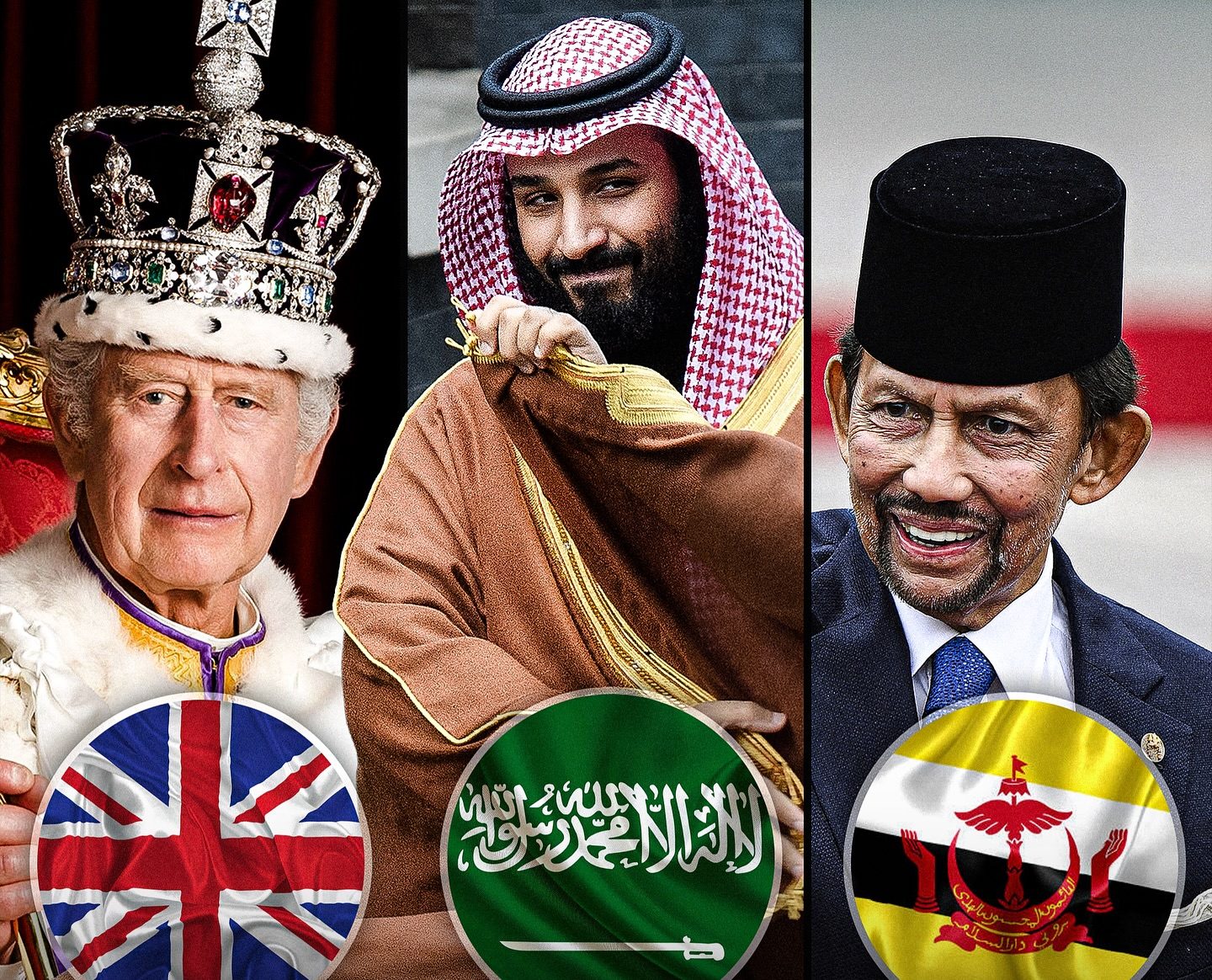House of Windsor – United Kingdom – $28 billion
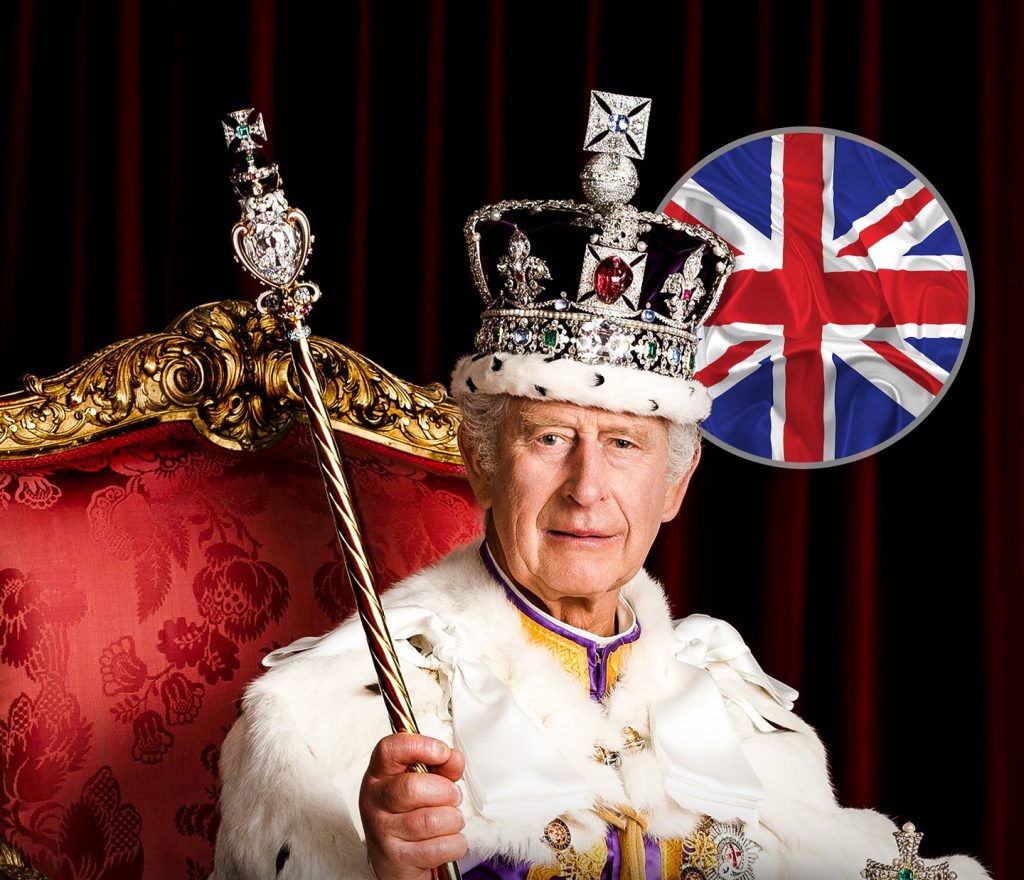
When people think of royalty, their minds often go straight to the British monarchy. With castles, crowns, and centuries of global influence, the House of Windsor is easily the most iconic royal family in the world. But surprisingly, in terms of actual wealth, they don’t top the list. Their estimated net worth of $28 billion includes assets like the Crown Estate, the Duchy of Lancaster, and personal holdings like Sandringham and Balmoral. However, most of this wealth is tied up in institutional assets, not personal bank accounts. Queen Elizabeth II was known for her frugal nature despite the grand setting of Buckingham Palace, and King Charles III continues to walk the line between tradition and modern expectations. While their fortune is enormous by most standards, the Windsors’ true power lies more in legacy and influence than in liquid cash.
House of Chakri – Thailand – $43 billion
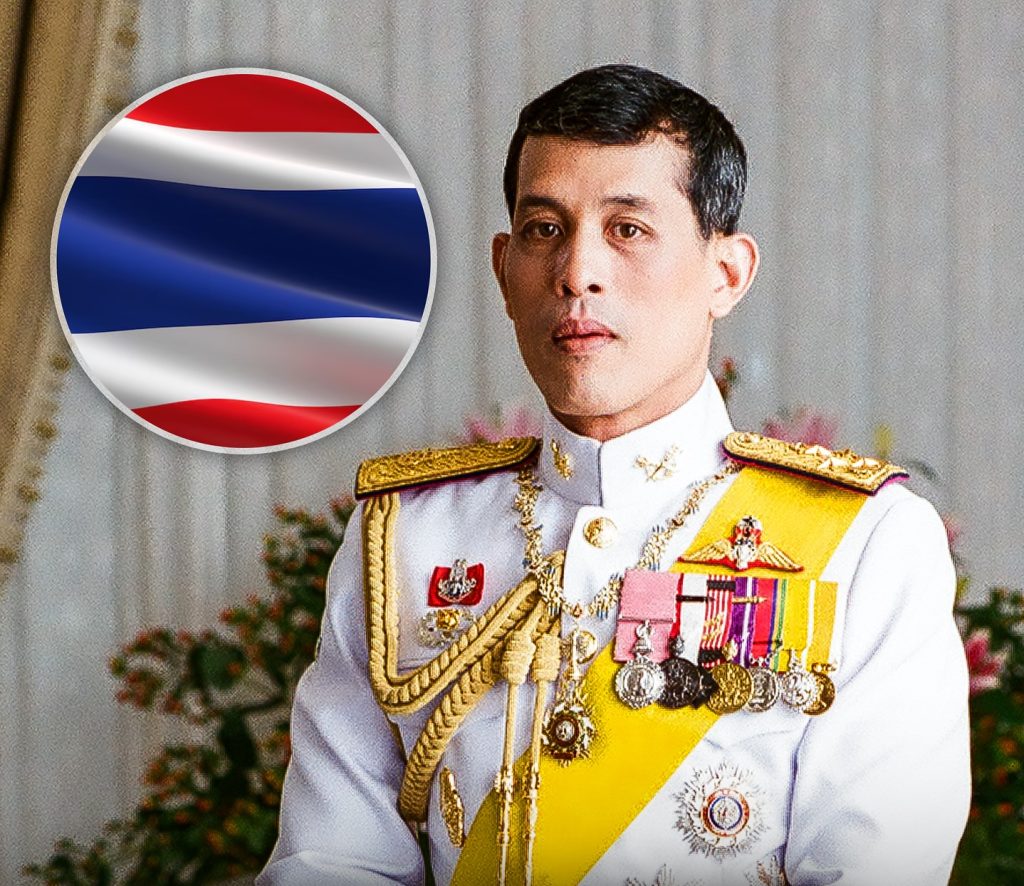
The Thai monarchy, led by the House of Chakri, is not only ancient and revered but also extremely wealthy. With a net worth of around $43 billion, the Chakri dynasty manages one of the largest royal fortunes in Asia. Much of this comes from the Crown Property Bureau, which controls vast swathes of land, prime real estate in Bangkok, and key stakes in some of the country’s biggest companies. King Maha Vajiralongkorn, who succeeded his father King Bhumibol Adulyadej, inherited both immense responsibility and immense wealth. His reign has been marked by lavish personal spending and controversial decisions, drawing both admiration and criticism. Despite Thailand’s growing push for democratic reform, the monarchy remains a deeply rooted institution, both culturally and financially.
House of Bolkiah – Brunei – $50 billion
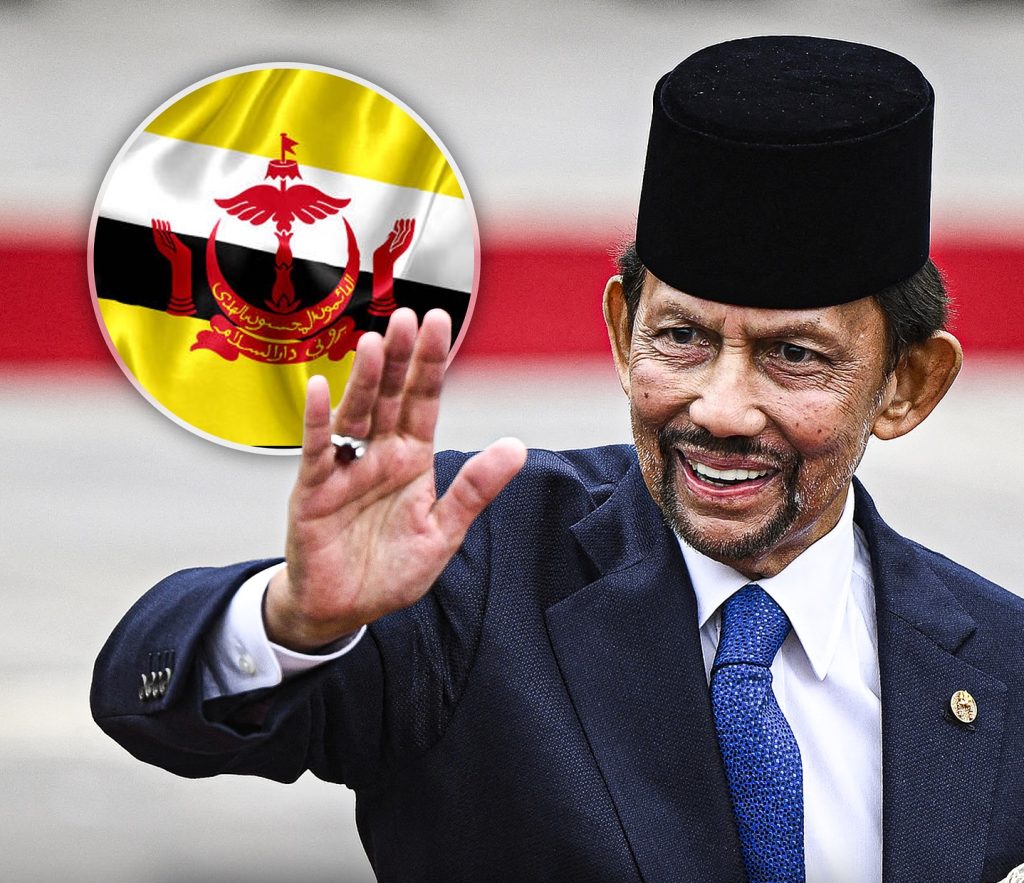
In the tiny but oil-rich nation of Brunei, the House of Bolkiah reigns over one of the most extravagant monarchies in the world. Sultan Hassanal Bolkiah, who has ruled since 1967, has access to a fortune estimated at $50 billion. This staggering wealth is driven almost entirely by the country’s abundant oil and gas resources. The Sultan’s lifestyle is legendary — he owns a fleet of over 500 luxury cars, a private collection of airplanes, and a palace that holds the Guinness World Record for being the largest residential palace on Earth. Brunei’s population is small, but the royal family’s presence is monumental. In Brunei, the Sultan is not just a symbolic figurehead — he’s the head of state, head of government, and central to nearly every major economic decision.
House of Al Nahyan – Abu Dhabi – $305 billion
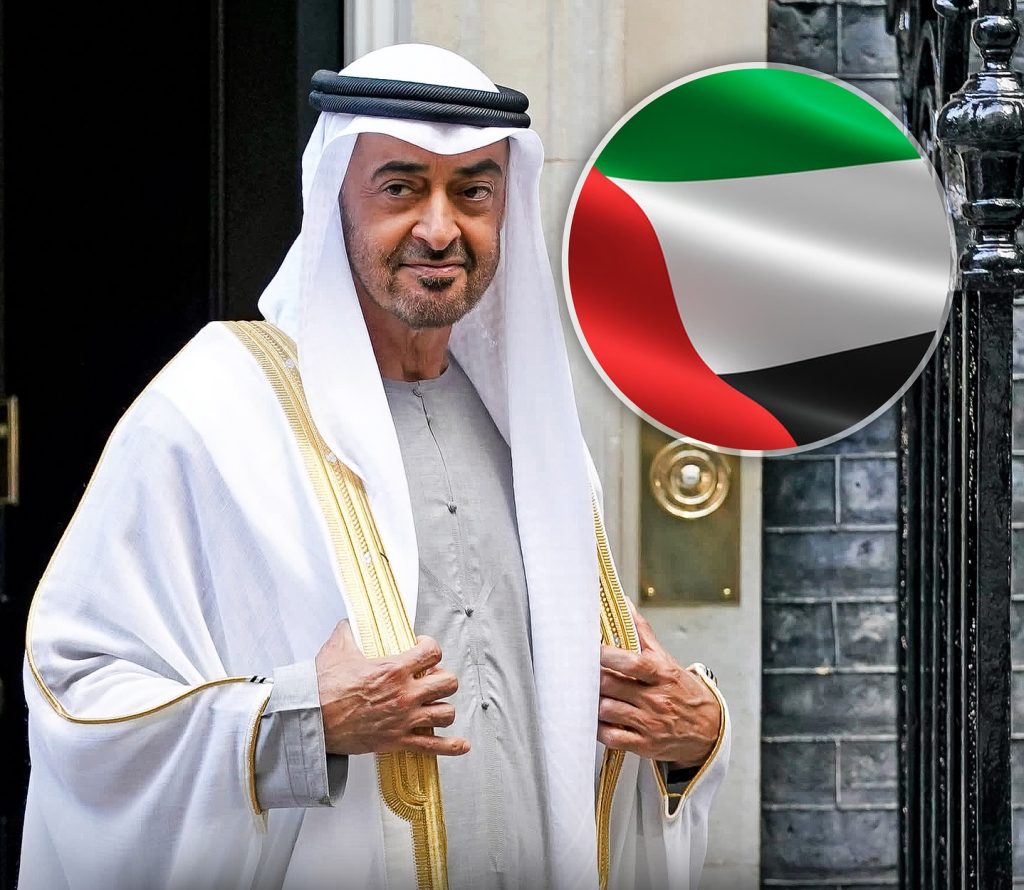
The ruling family of Abu Dhabi, the House of Al Nahyan, oversees a fortune estimated at $305 billion. They are one of the richest royal families in the Middle East, and much of their wealth stems from the oil-rich land they govern. But what truly sets them apart is their ability to invest smartly and diversify. The Al Nahyan family controls a large portion of the UAE’s sovereign wealth through the Abu Dhabi Investment Authority, one of the world’s largest and most powerful investment funds. Their influence stretches globally, from real estate holdings in London and New York to stakes in global corporations and sports franchises. Sheikh Mohamed bin Zayed Al Nahyan, the current President of the UAE and Emir of Abu Dhabi, embodies a blend of traditional leadership and modern business acumen.
House of Al Thani – Qatar – $335 billion
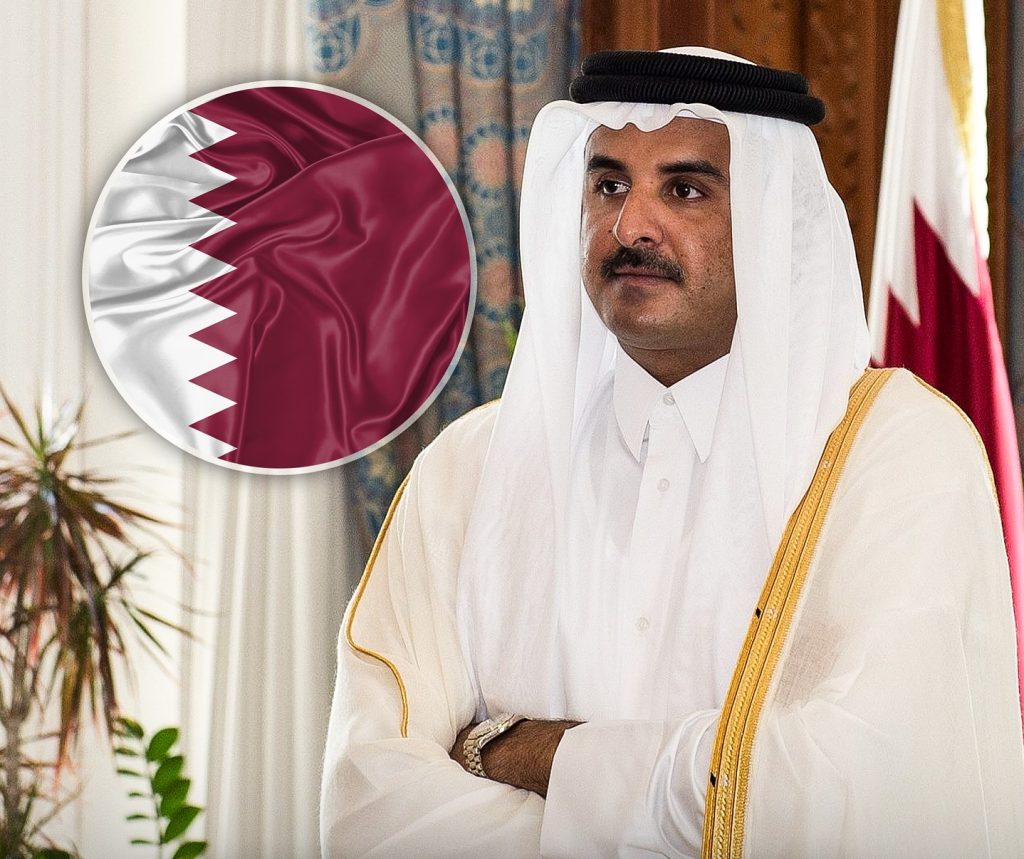
Qatar’s royal family, the House of Al Thani, commands a staggering net worth of approximately $335 billion. Their wealth has been built on natural gas, making Qatar one of the richest countries per capita in the world. But the Al Thanis have gone far beyond oil and gas — they’ve invested heavily in soft power. Through the Qatar Investment Authority, the family owns high-profile assets like the Shard in London, stakes in Volkswagen and Barclays, and global sports properties, including Paris Saint-Germain Football Club. Their influence was on full display during the 2022 FIFA World Cup, which Qatar hosted with unprecedented flair. Emir Sheikh Tamim bin Hamad Al Thani leads the country with a vision focused on diplomacy, global branding, and strategic investment, turning Qatar into a surprisingly influential player on the world stage.
House of Al Sabah – Kuwait – $360 billion
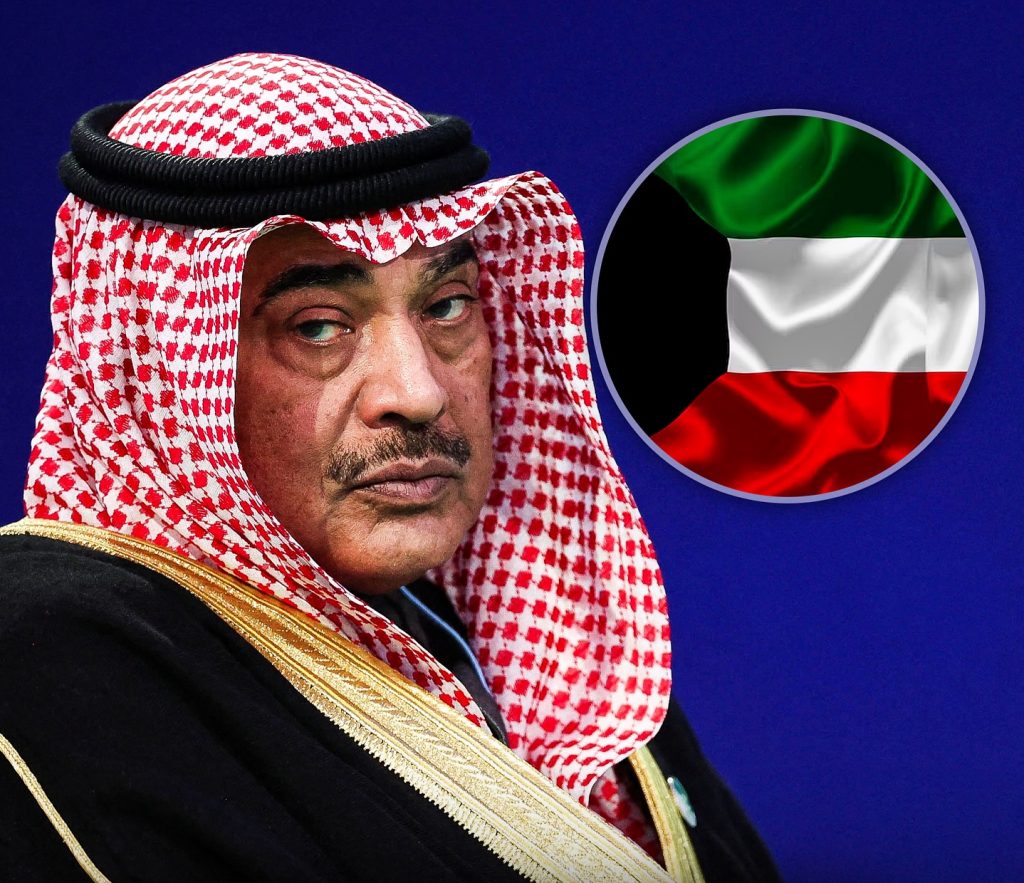
With an estimated fortune of $360 billion, Kuwait’s royal family, the House of Al Sabah, is among the wealthiest on the planet. Their wealth, like many Gulf dynasties, comes from oil. But what’s unique about the Al Sabah family is their long-standing control over Kuwait’s sovereign wealth fund — one of the oldest and most respected in the world. The Kuwait Investment Authority has been wisely managed for decades, allowing the country to maintain economic stability even during turbulent oil markets. The Al Sabah family has balanced a more low-key presence compared to neighboring monarchies, but their quiet strength and financial foresight have made them one of the most secure and discreet royal dynasties in the modern world.
House of Saud – Saudi Arabia – $1.4 trillion
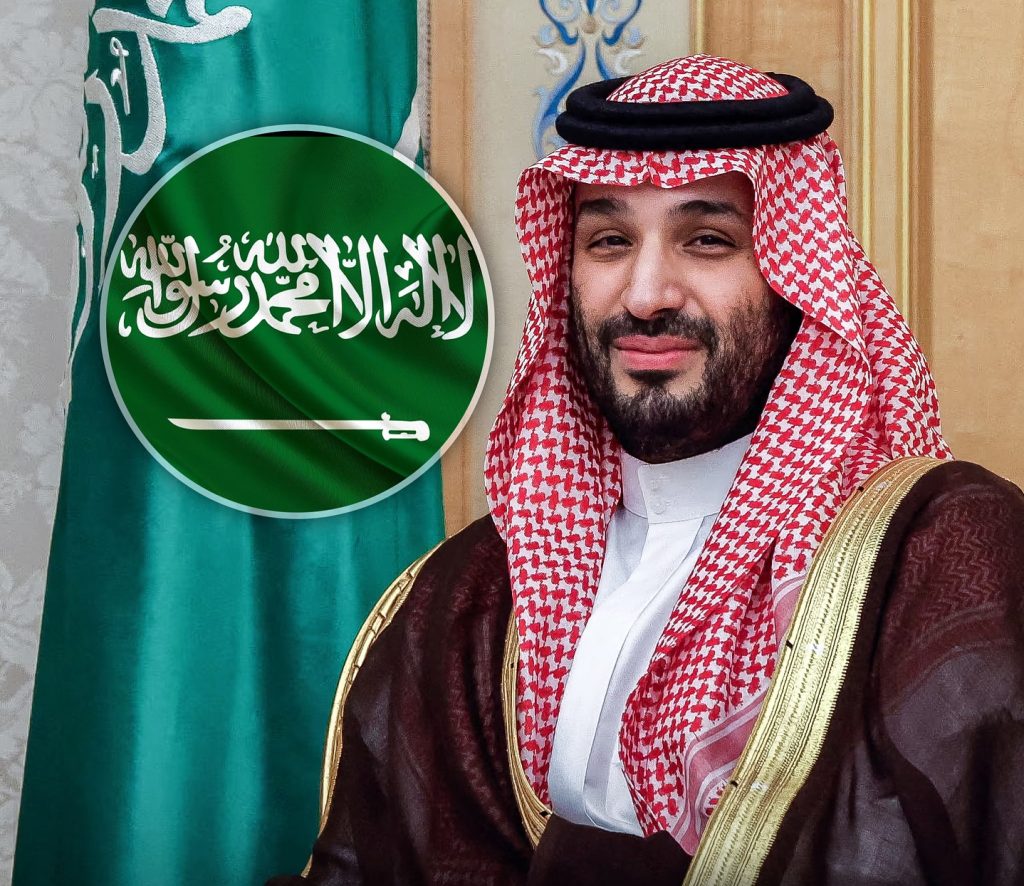
Topping the list by an enormous margin is the House of Saud, the ruling family of Saudi Arabia, with a jaw-dropping estimated net worth of $1.4 trillion. This isn’t just the richest royal family — it’s arguably one of the richest families, period. Their wealth is deeply tied to the kingdom’s vast oil reserves, but recent years have seen a strategic shift under the leadership of Crown Prince Mohammed bin Salman. The launch of Vision 2030, a plan to diversify Saudi Arabia’s economy away from oil, has included mega projects like NEOM, a futuristic desert city, as well as massive global investments in tech, sports, and entertainment. The family’s reach stretches across every major sector in the country, from national defense to tourism, and their influence on global oil prices alone is enough to move markets. The House of Saud represents a dynasty not just of wealth, but of scale, ambition, and regional dominance.

